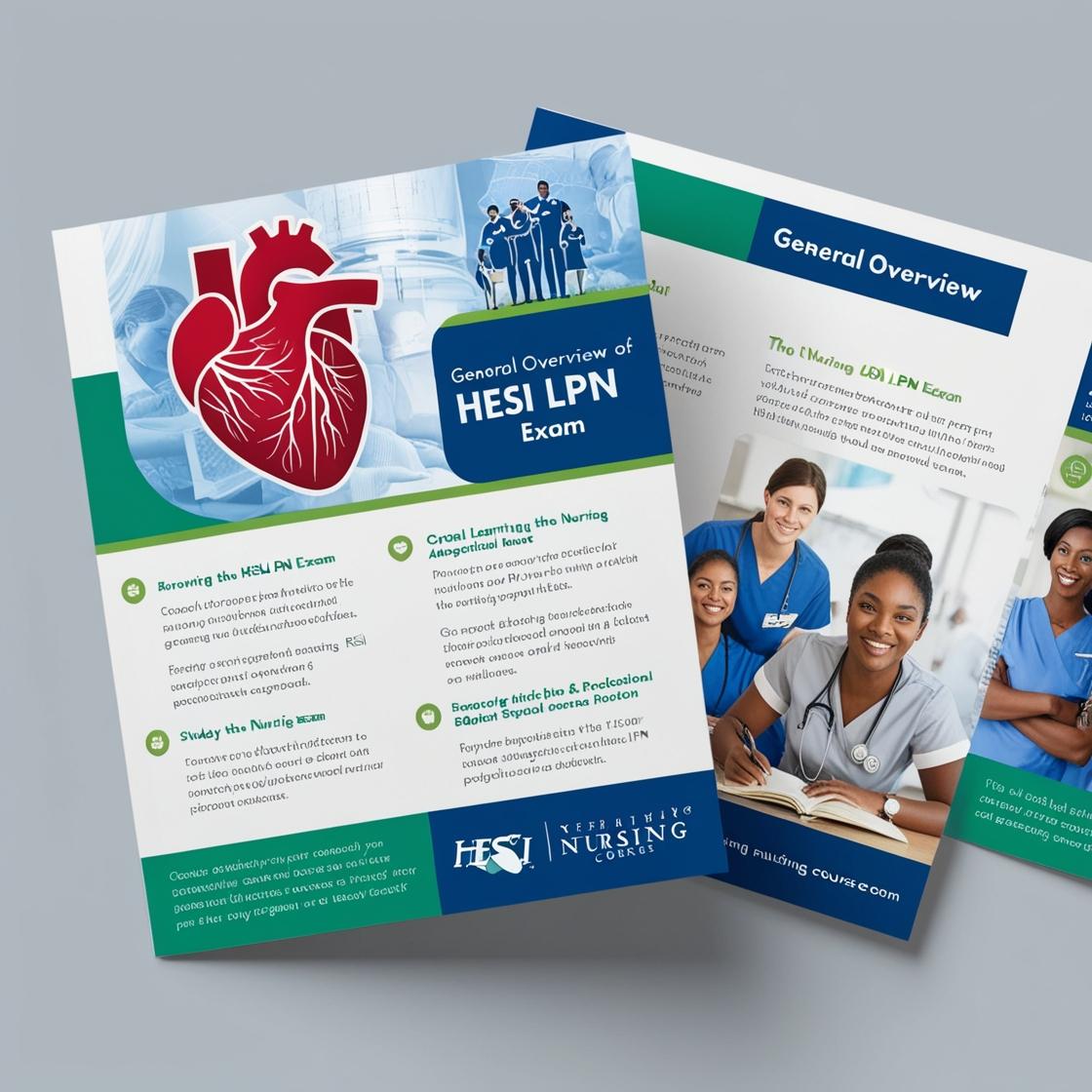HESI LPN
Community Health HESI Test Bank 2023
1. In providing comprehensive family health care, the nurse utilizes four (4) basic processes. These are listed in the order in which they are carried out as follows:
- A. assessment, planning, intervention, and evaluation
- B. assessment, intervention, planning, and evaluation
- C. planning, assessment, intervention, and evaluation
- D. planning, intervention, evaluation, and assessment
Correct answer: A
Rationale: The correct order for the basic processes in providing comprehensive family health care is assessment, planning, intervention, and evaluation. Assessment is the first step to gather information, followed by planning to set goals and strategies, then intervention to implement the plan, and finally evaluation to assess the outcomes. Choice A is correct as it follows this logical sequence. Choices B, C, and D are incorrect because they do not follow the correct order of these essential processes in nursing care.
2. In the immediate postoperative period for a cleft lip repair in a 2-month-old infant, which nursing approach should be the priority?
- A. Remove protective arm devices one at a time for short periods with supervision
- B. Initiate oral feedings when alert
- C. Introduce the parents to the suture line cleansing protocol
- D. Position the infant on the back after feedings throughout the day
Correct answer: A
Rationale: The correct nursing approach in the immediate postoperative period for a cleft lip repair in an infant is to remove protective arm devices one at a time for short periods with supervision. This approach helps prevent injury to the surgical site while ensuring the infant's comfort and safety. Choice B is incorrect as initiating oral feedings immediately after surgery may not be appropriate and could compromise the surgical site. Choice C is incorrect as introducing parents to the suture line cleansing protocol is important but not the immediate priority. Choice D is incorrect as positioning the infant on the back after feedings is not specific to the immediate postoperative period for a cleft lip repair.
3. A client is admitted with a diagnosis of myocardial infarction (MI). The client is complaining of chest pain. The nurse knows that pain related to an MI is due to
- A. Insufficient oxygenation of the cardiac muscle
- B. Potential circulatory overload
- C. Left ventricular overload
- D. Electrolyte imbalance
Correct answer: A
Rationale: The correct answer is A: Insufficient oxygenation of the cardiac muscle. Myocardial infarction pain is primarily caused by inadequate oxygen reaching the heart muscle, leading to ischemia and tissue damage. Choices B, C, and D are incorrect because circulatory overload, left ventricular overload, and electrolyte imbalance are not the primary causes of chest pain in myocardial infarction. Circulatory overload may lead to other symptoms like edema, left ventricular overload can result in heart failure symptoms, and electrolyte imbalance may present with various manifestations, but none of these directly cause the characteristic chest pain associated with an MI.
4. During which phase of the community organizing process are the leaders or groups given training to develop their knowledge, skills, and attitudes in managing their own programs?
- A. Sustenance and strengthening phase
- B. Pre-entry phase
- C. Organizing-building phase
- D. Entry phase
Correct answer: C
Rationale: The correct answer is C, the organizing-building phase. This phase involves providing training to leaders and groups to develop their knowledge, skills, and attitudes in managing their own programs. Choice A, the sustenance and strengthening phase, focuses more on maintaining and enhancing existing programs rather than training. Choice B, the pre-entry phase, occurs before actual organizing and training take place. Choice D, the entry phase, is about initiating the community organizing process, not specifically about training leaders and groups.
5. The nurse has just admitted a client with severe depression. From which focus should the nurse identify a priority nursing diagnosis?
- A. Nutrition
- B. Elimination
- C. Activity
- D. Safety
Correct answer: D
Rationale: In severe depression, the priority nursing diagnosis is safety. Individuals with severe depression are at risk of self-harm or suicide. Ensuring the client's safety by implementing measures to prevent harm to themselves or others is crucial. While nutrition, elimination, and activity are important aspects of care, ensuring the client's immediate safety takes precedence in this situation.
Similar Questions

Access More Features
HESI LPN Basic
$69.99/ 30 days
- 50,000 Questions with answers
- All HESI courses Coverage
- 30 days access @ $69.99
HESI LPN Premium
$149.99/ 90 days
- 50,000 Questions with answers
- All HESI courses Coverage
- 30 days access @ $149.99
